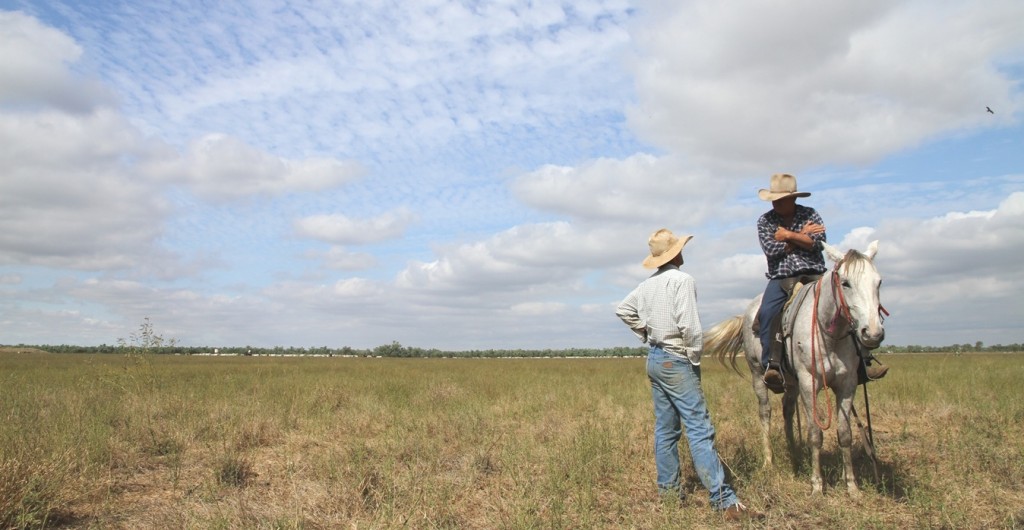Latest positions listed on Jobs Central
- Marketing Coordinator (DR Johnston)
- Livestock Person/Overseer/Assistant Manager, Shamrock (Argyle Cattle Co)
- Overseer / Manager – Beefwood Park Station (Argyle Cattle Co)
- Project Officer Real Jobs Pastoral program (Central Land Council)
- General / Business Manager (Rimfire Resources client)
- Station Staff – 2017 Season (Mount House Station)
- Electrician; Fitter and Welder (Bindaree Beef)
- Feeding & Milling Team Positions (Mort & Co)
- Qualified Electrician (Northern Cooperative Meat Co)
- Experienced Couple, Central Qld location (Remote Office client)
- Livestock Manager (Rangers Valley)
- Feedlot Stockperson (McIntyre Agriculture)
- Supply Chain Officer (Angus Australia)
Click here to access these and other exciting meat and livestock supply chain jobs currently listed on Jobs Central.

THE use of contingent labour is increasing across Australian agribusiness, and in many cases it means employers should consider adjusting their approach to attracting and managing remotely located, or transient talent.
A contingent workforce can be defined as a labour pool whose members operate remotely from the main team, or who are hired by an employer on an on-demand basis. A contingent workforce may also consist of independent contractors, consultants or service providers who are not on the company’s payroll, because they are not full-time employees.
Many Australian agricultural businesses already take this approach, operating contingent workforce arrangements due to seasonal requirements, second properties or outstations, distances involved in some duties, and other factors.
So how best to retain a contingent workforce and keep them engaged?
People working outside the direct boundaries of the business still appreciate the nature of their engagement, and want to feel they are contributing to the culture and values of a business. However in this environment some key benefits are likely to be forfeited such as, annual leave, sick leave and staff activities.
Managing a workforce and staff at just one location comes with enough challenges, let alone a pool of staff distantly located or only infrequently connected with others within the business.
The challenge of engaging a contingent workforce
With more workers looking for new career experiences, people managers need to consider how they can attract the best contingent candidates and manage them. Here are some tools to consider when managing a contingent workforce:
Technology
Ensuring all staff go through the same on-boarding and induction process is critical from day one.
There are many online tools that can be used to on-board your workforce and also to gauge how your workforce is feeling. For example, in larger agri-businesses, receiving an email or SMS from the company’s senior manager welcoming new recruits on their first day is a great way to make someone feel that they are a part of the team – regardless of location. These types of tools can also be used for reminding staff to complete company specific new starter training such as Work Health and Safety.
In addition to manage a team from a far, online surveys and feedback tools can be used to stay in contact and measure the level of engagement or highlight any red-flags. These responses can then be acted upon quickly to stop any early issues or concerns.
Everyone loves achieving a goal
Another great driver of a remote workforce is hitting a goal or a target. Whether it be an individual goal or a company target, if your contingent workforce is part of that process and they are included in the progress and reporting, they will feel like they are adding value. So set goals and explain why it is important for them and the business. Don’t forget, if the goal is achieved, then include them in the celebration in some way – even if it means sending a six-pack the next time a vehicle is making a run to a remote company location.
Communication
The most common fault in managing a contingent workforce is lack of communication. Make sure all staff are receiving regular one-on-ones and updates as to how they are getting on performance wise and seek their feedback.
Top 5 tips to keep contingent workers engaged
- Make their first day a great day through introduction, on boarding and technology and resources set-up, if applicable
- Set clear goals and expectations from day-one
- Provide an induction of use of internal equipment and tools
- Have regular catch-ups, both formal or informal
- Update and renew their contracts as early as possible (if unsure just communicate that with them).
As more companies strive for greater agility and workers look for more career experiences, companies must shift their thinking in order to capitalise on the contingent workforce. More people are choosing to work flexibly and it can be very good for business, so you need to create an environment that supports that.
Source: Meat Processors Pty Ltd – Managed Workforce



HAVE YOUR SAY